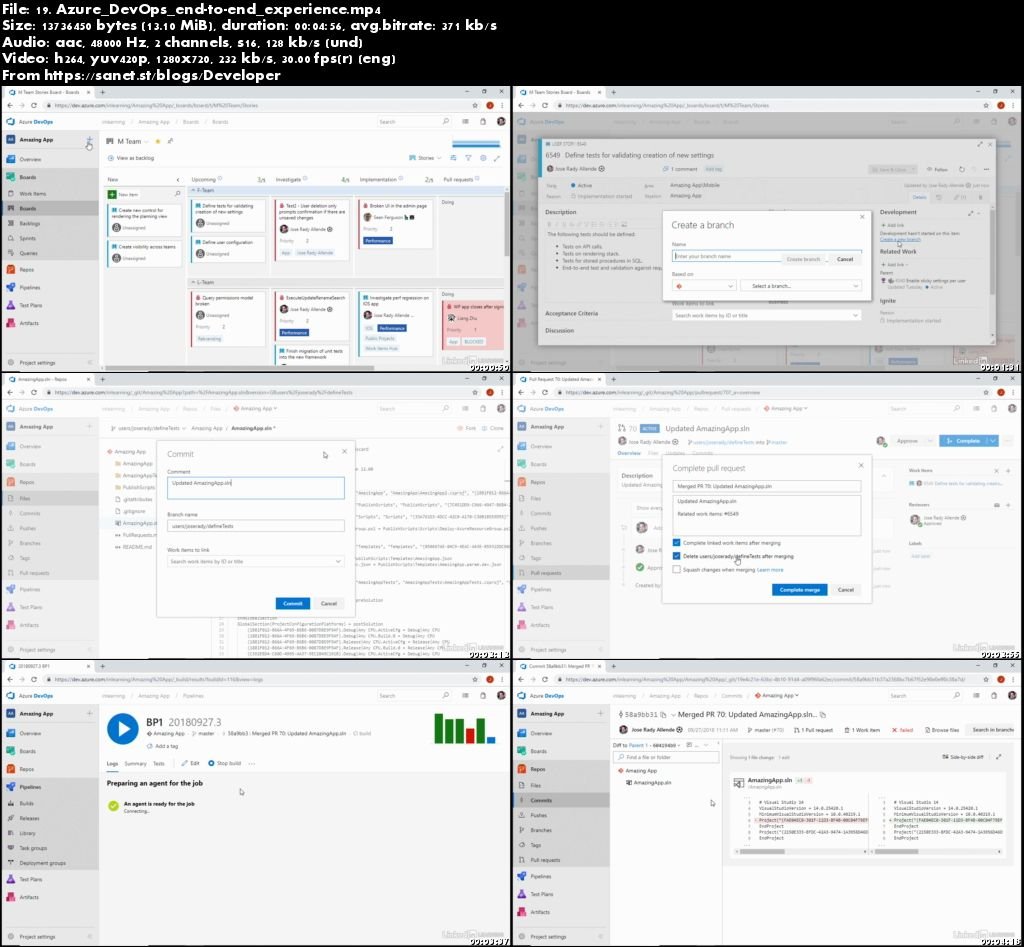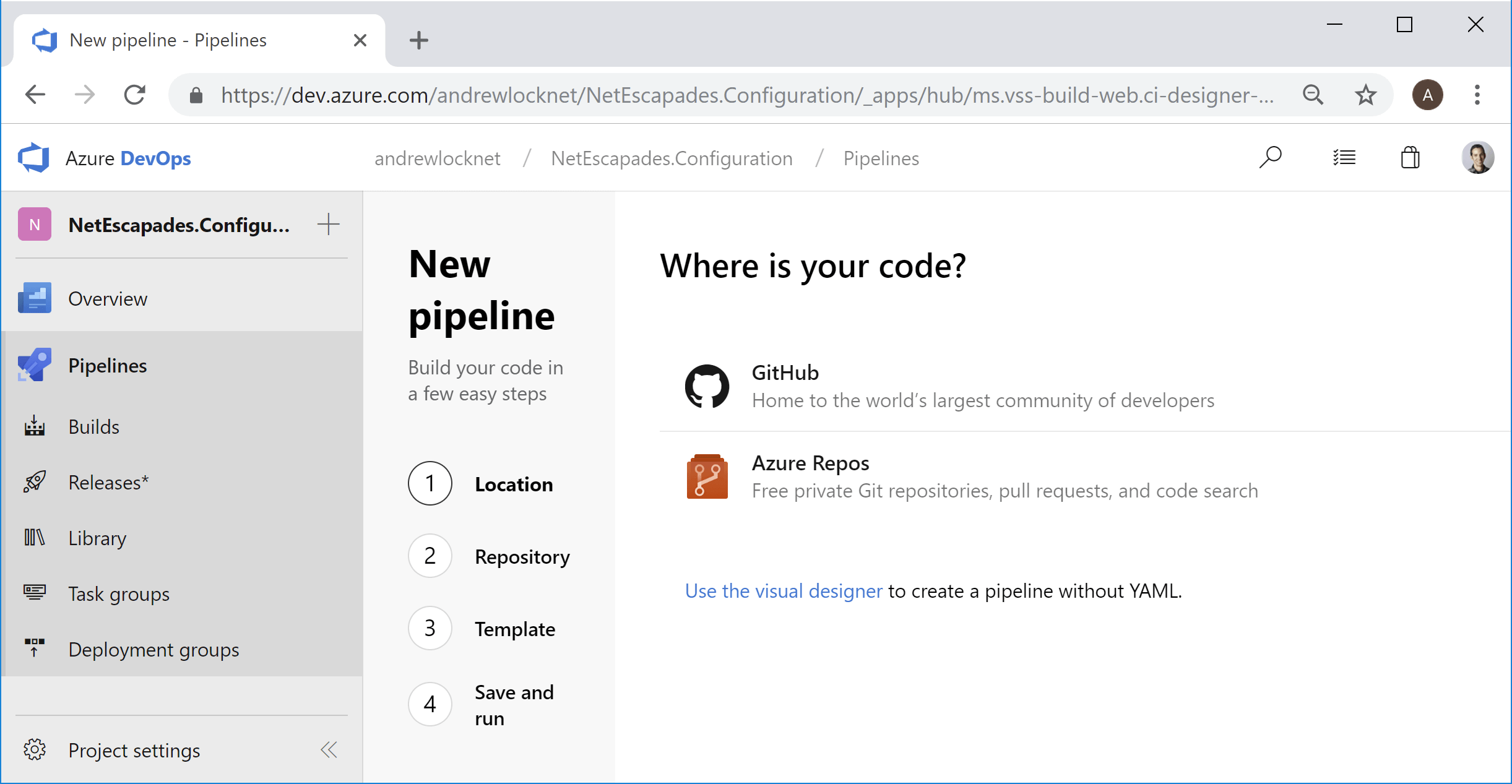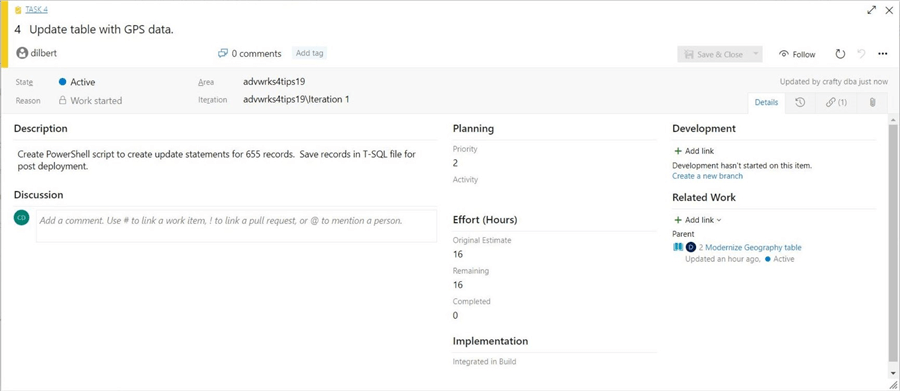

Do not use this Save button as it will only add this one work item to the backlog. You can also see the relationships between the items.Ĭlick "Save Items" to build the backlog using all the items in the CSV file. This indicates that all these items are new. Let’s import this file by going back to the ADO queries page.Ĭlick import work items and select the file to be imported.īefore creating the work items, ADO shows us a preview of the backlog. The import process is designed to only parent tasks to stories, stories to features and features to epics. Immediately following the tasks should be the next user story and its tasks. The next set of rows should be all the tasks for this user story. The first user story should be the third row. The first feature should be the second row. To create the work items with their proper relationships, follow these rules.Įxcluding column titles, the epic should be the first row. Since we do not want items assigned to a sprint yet, we set the Iteration Path to the default path for our project. Having this value in the area path column will create these items in the Field Operations team backlog which is currently empty. Only use one of these title fields on any row and be sure the work item type is set properly. The file must be a CSV text file.Ĭolumns Title 1 through Title 4 refer to Epic, Feature, User Story, and Task title respectively.

Please note, that we are only using Excel to make it easier to read the file. To help the migration teams get started, they have defined a repeatable set of starter tasks for each application that is going to be moved to the Azure cloud. In this scenario, our fictitious company operates their own data center and wants to move their applications to the azure cloud in support of their largely mobile workforce. The file can be used to create epics, features, user stories and tasks with proper parentage.įiles are imported from the queries board. When you have work which follows a repeatable pattern, such as moving applications to the cloud, having a template to create backlogs from can save a lot of time.

In this video, you will see how to rapidly build this backlog with a CSV text file. Welcome to Part 3 of the Mastering Azure DevOps for Project and Program Managers video series.


 0 kommentar(er)
0 kommentar(er)
